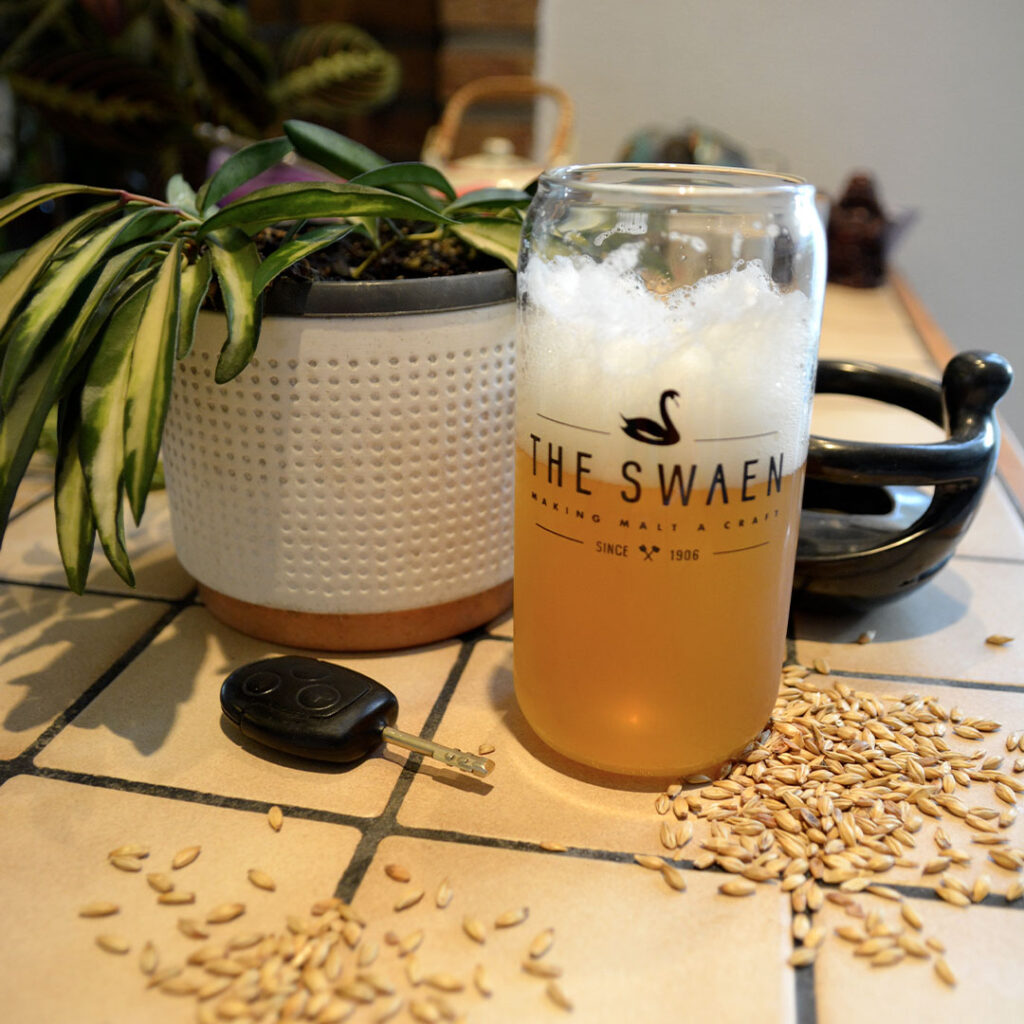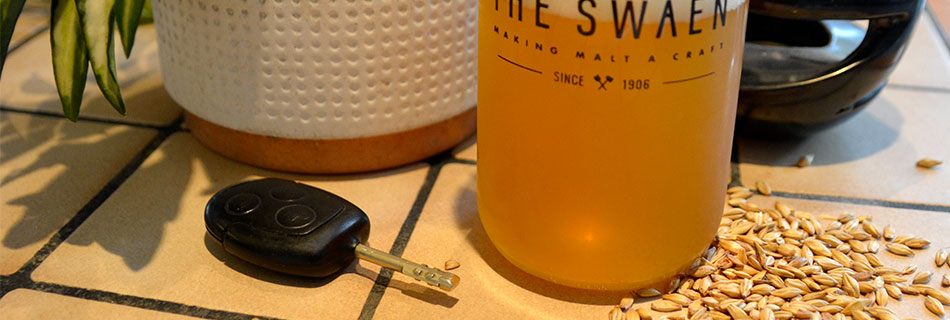Not so long ago, non-alcoholic beer had a bad reputation. They were often watery, bland versions of mainstream lagers. Most people only drank them when they had to drive but still wanted something that vaguely resembled beer.

At first, the craft beer revolution did little to change this perception. Since craft brewers focused on flavourful ales rather than mass-produced lagers, there was little interest in creating alcohol-free alternatives. However, as the industry grew, brewers recognised the demand for non-alcoholic options. Slowly but surely, they started experimenting. This time, they explored a wide range of styles.
Now, you can find non-alcoholic IPAs, Bock beers, Sour ales, and even Stouts. More importantly, the quality has improved dramatically. No longer is alcohol-free beer a disappointing substitute. Many can now compete with their alcoholic counterparts. As a result, even major breweries have followed suit, raising the standard of their alcohol-free ranges.
What is non-alcoholic beer?
Each country has its own laws regarding alcohol content. Therefore, labels differentiate between low-alcohol and non-alcoholic beers. Generally, low-alcohol beers contain up to 0.5% ABV, while completely alcohol-free beers fall below that threshold.
For example, in the United States, beer with 0.5% ABV is still classified as alcohol-free. Meanwhile, in the United Kingdom, only beer with 0.05% ABV or lower qualifies. Consequently, if you want to avoid alcohol entirely, always check the label carefully.
How is it made?
First and foremost, it’s important to clarify that non-alcoholic beers are brewed just like any other beer – using malt, hops, and water. Brewers use two main methods to reduce alcohol content. First, they can prevent alcohol from forming during fermentation by controlling yeast activity. By adjusting temperature, ingredients, or fermentation time, they ensure minimal alcohol production.
Alternatively, they can remove alcohol from finished beer. One common method involves gently heating the beer to evaporate alcohol. Another approach uses specialised filtration systems to separate alcohol from the liquid. Both techniques preserve as much flavour as possible.
Why drink or brew non-alcoholic beer?
Let’s be clear: non-alcoholic beer is not a health drink. While it often contains fewer calories than regular beer, it lacks significant nutritional value. However, it provides a great alternative for those who want to enjoy beer’s taste without the effects of alcohol.
Although many still choose non-alcoholic beer when driving, its reputation has changed. Today, it is no longer an inferior option – it’s a legitimate, flavourful choice in its own right.


